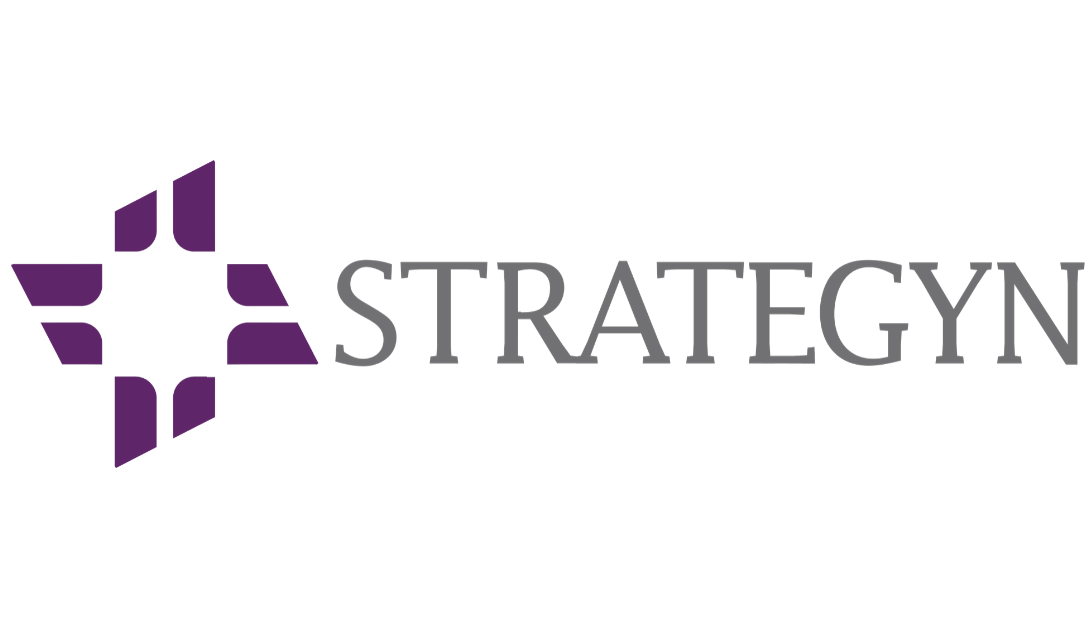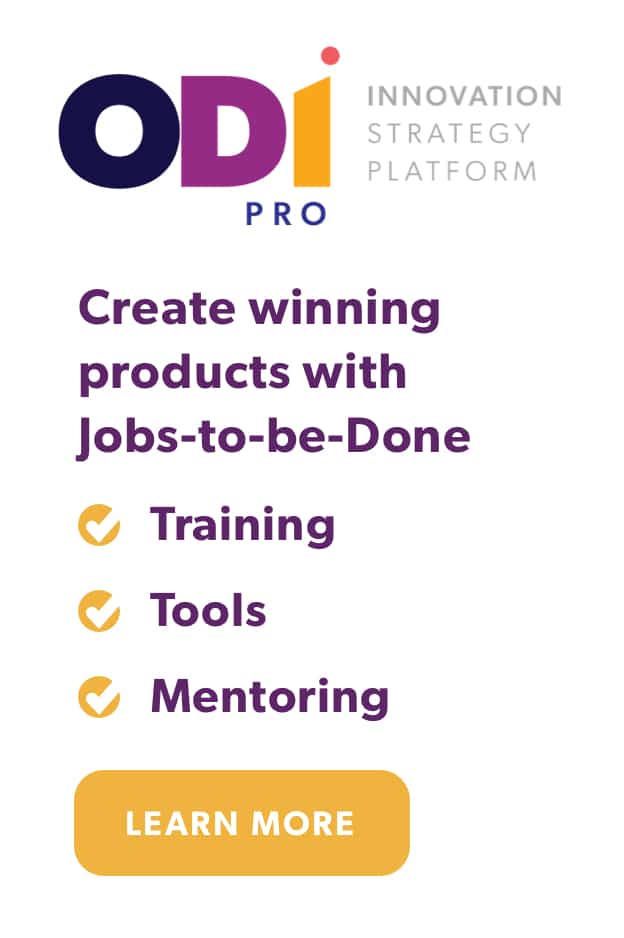In his blog post “Chief Innovation Officers: The Growth of the Other CIO,” the Wall Street Journal’s Steve Rosenbush raises a good question: just what is a chief innovation officer’s job brief? In my experience, in companies that are more advanced, the CIO is responsible for accelerating growth through innovation. This requires a two-pronged innovation strategy–one that protects and grows current revenue streams while also identifying and pursuing new ones.
First, the CIO provides the organization with the innovation processes and tools needed to grow the markets they are already in. In so doing, the CIO nurtures sustaining innovation and product improvement strategies that enhance current products and maintain and/or grow existing revenue streams. Modern processes and tools are required here as the traditional tools (VOC, QFD, conjoint, and so on) have miserable success rates–more than 80% of all new products fail. The CIO must seek out, adopt, and institutionalize new, effective innovation methods.
Second, the CIO identifies and prioritizes new market opportunities for investment that will create new revenue streams and disrupt product lines that are in decline. To do this, the CIO must identify high-potential growth markets, create growth plans, and find ways for the company to execute these plans, either internally or through M&A or joint ventures. Here again, modern, effective tools are required.
Whether addressing innovation in current markets or pursuing new ones, the CIO targets jobs that customers–either current ones or potential new ones–are having a hard time getting done due to present-day limitations in product and service offerings. Jobs that customers rate as highly important but which they currently have great difficulties getting done are fertile areas for innovation. This is where Jobs-to-be-Done (JTBD) comes into play. The CIO helps the company to size potential markets and to calculate the economic impact of an innovation that substantially increases customer satisfaction. The CIO should have a growth metric that is measured in revenue and equity value. (For more on this process, see “Building a Corporate Culture of Innovation.”)
In a nutshell, the CIO is responsible for improving all aspects of the company’s innovation process and applying that process to existing and new revenue streams to accelerate company growth.




